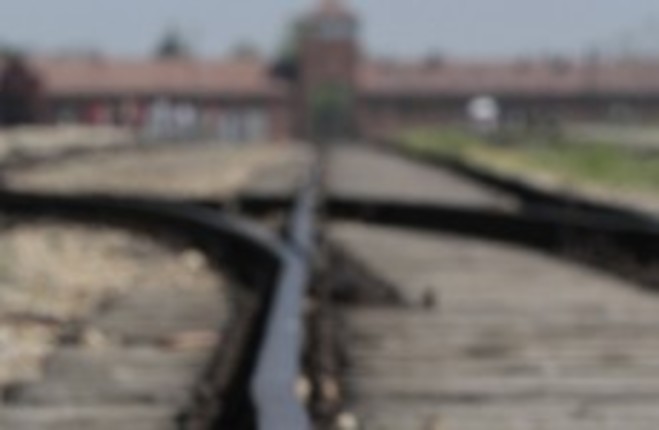IRISH FANS PLANNING on visiting the museum at the former Nazi death camp Auschwitz in southern Poland will have to do so without their hats, scarves and headbands.
Anyone touring the grounds in Oswiecim when Poland and Ukraine co-host the 16-nation football showcase will not be allowed to carry fan gear like flags, scarves, “vuvuzela” trumpets and banners, officials said today.
The flag ban includes the Israeli national flag, often carried by visitors to honour Holocaust victims and survivors.
“We know that the emotions around athletic tournaments are quite strong and we’d prefer that these emotions not be part of visits to this place of memory,” Auschwitz-Birkenau museum press officer Pawel Sawicki told AFP on Friday.
The museum, which normally forbids only large bags, has also put small backpacks on its banned list due to safety concerns.
“We decided during this time to increase our level of vigilance to safeguard the museum from any problems related to possible visits from people who might not want to approach it with complete respect,” Sawicki said.
Football teams from four of the participating nations — Germany, Italy, England and Holland — have already announced they plan to visit the former concentration camp over the coming weeks, according to the Polish media. Sawicki declined to confirm any such visits but said that the teams were welcome to come privately.
“It would be in an atmosphere of respect and remembrance for the victims of the concentration camp and in the kind of quiet and calm that is more conducive to discovering the history of the camp,” Sawicki said.
More than one million people perished at the Auschwitz-Birkenau death camp operated by Nazi Germany in occupied Poland from 1940 until it was liberated by the Soviet Red Army on January 27, 1945. The camp’s victims included European Jews, non-Jewish Poles, Soviet prisoners of war, gypsies and anti-Nazi resistance fighters from across Europe.
